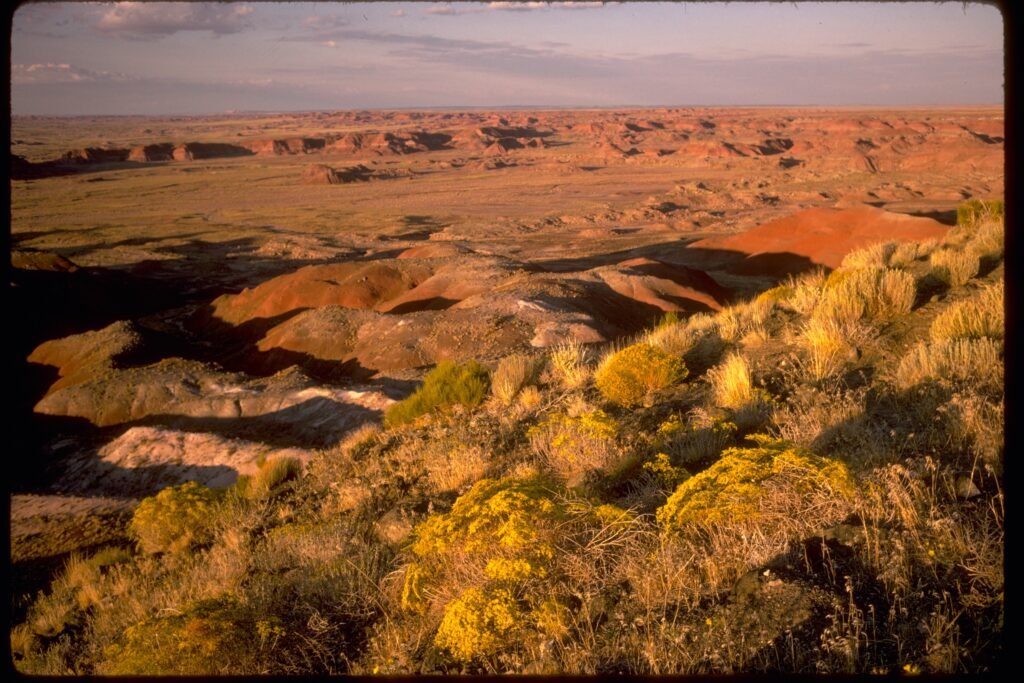Have you ever stood in a place where time feels frozen, where the ground beneath your feet tells a story that began over 200 million years ago? The Petrified Forest in Arizona is one of those rare places—a landscape shimmering with ancient beauty and mystery. But beneath its vibrant bands of color and strange, stony logs lies a surprising truth: this world-famous forest is, quite literally, a spectacular graveyard for the world’s oldest trees. Step inside this otherworldly park and discover how a once-living forest became an enduring monument to nature’s power and the relentless march of time.
A Wonderland Born from Catastrophe
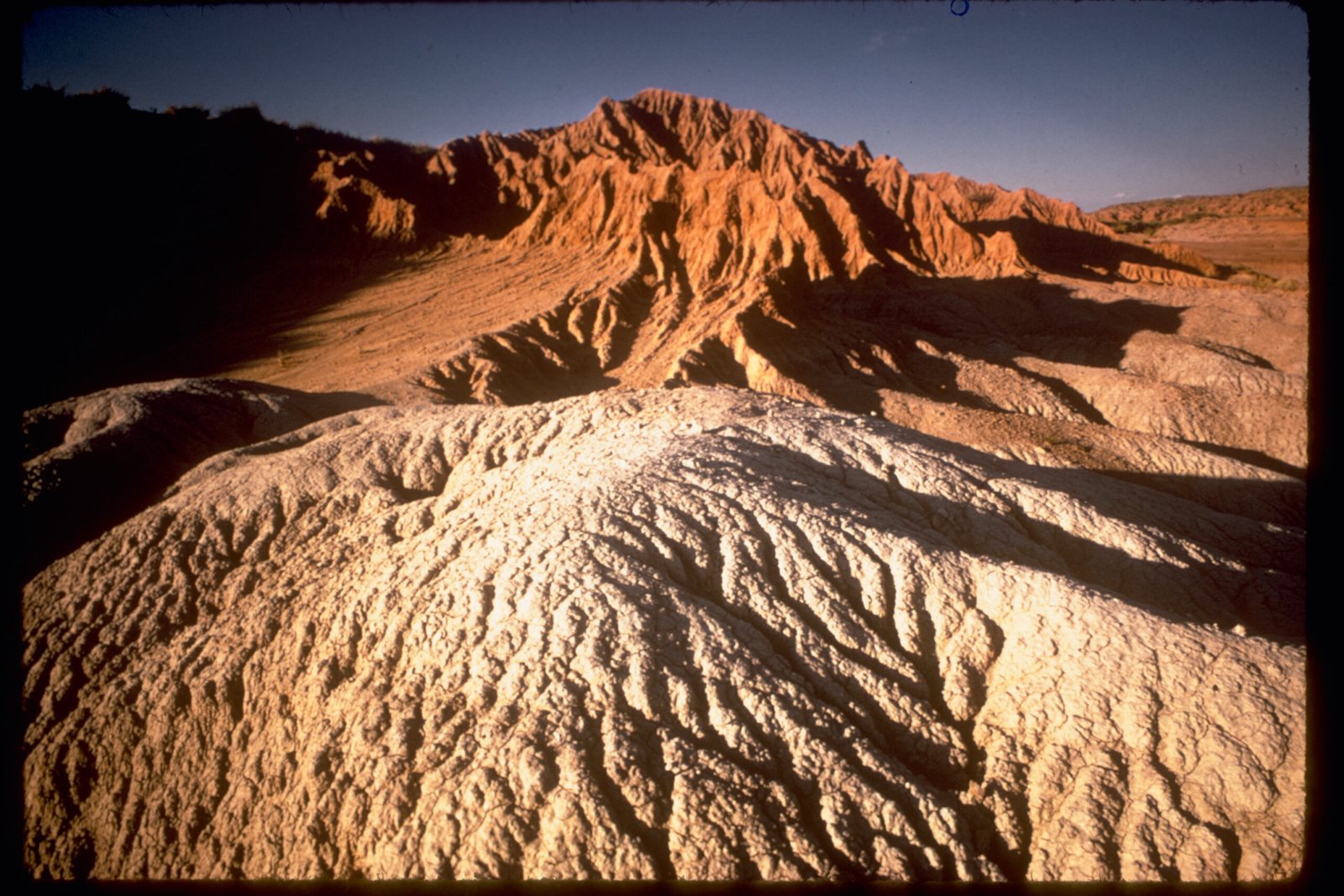
The Petrified Forest wasn’t always a barren field of stone logs. Picture a lush, subtropical forest teeming with towering trees, ferns, and strange reptiles. Around 225 million years ago, during the Late Triassic Period, this area was alive with life and color. But sudden volcanic eruptions and shifting rivers changed everything. Trees were knocked down, swept away, and buried under thick layers of volcanic ash and sediment. This destructive event set the perfect stage for one of the world’s most fascinating natural transformations.
From Fallen Giant to Fossil
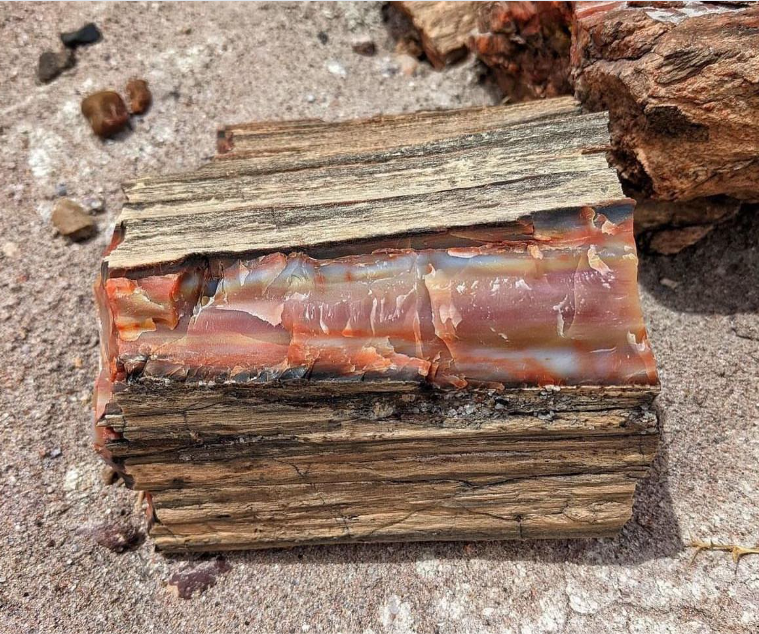
How does a tree become stone? It’s a process that borders on magic, but it’s all science. Once the trees were buried, mineral-rich groundwater seeped through the ash and sediment, slowly replacing the organic wood tissue with colorful quartz crystals. Over millions of years, every ring, knot, and fiber of the original wood was replaced—atom by atom—until nothing but stone remained. What you see today are not mere rocks, but perfect, glimmering replicas of ancient giants, preserved down to their tiniest details.
Nature’s Rainbow: The Colors of Petrified Wood
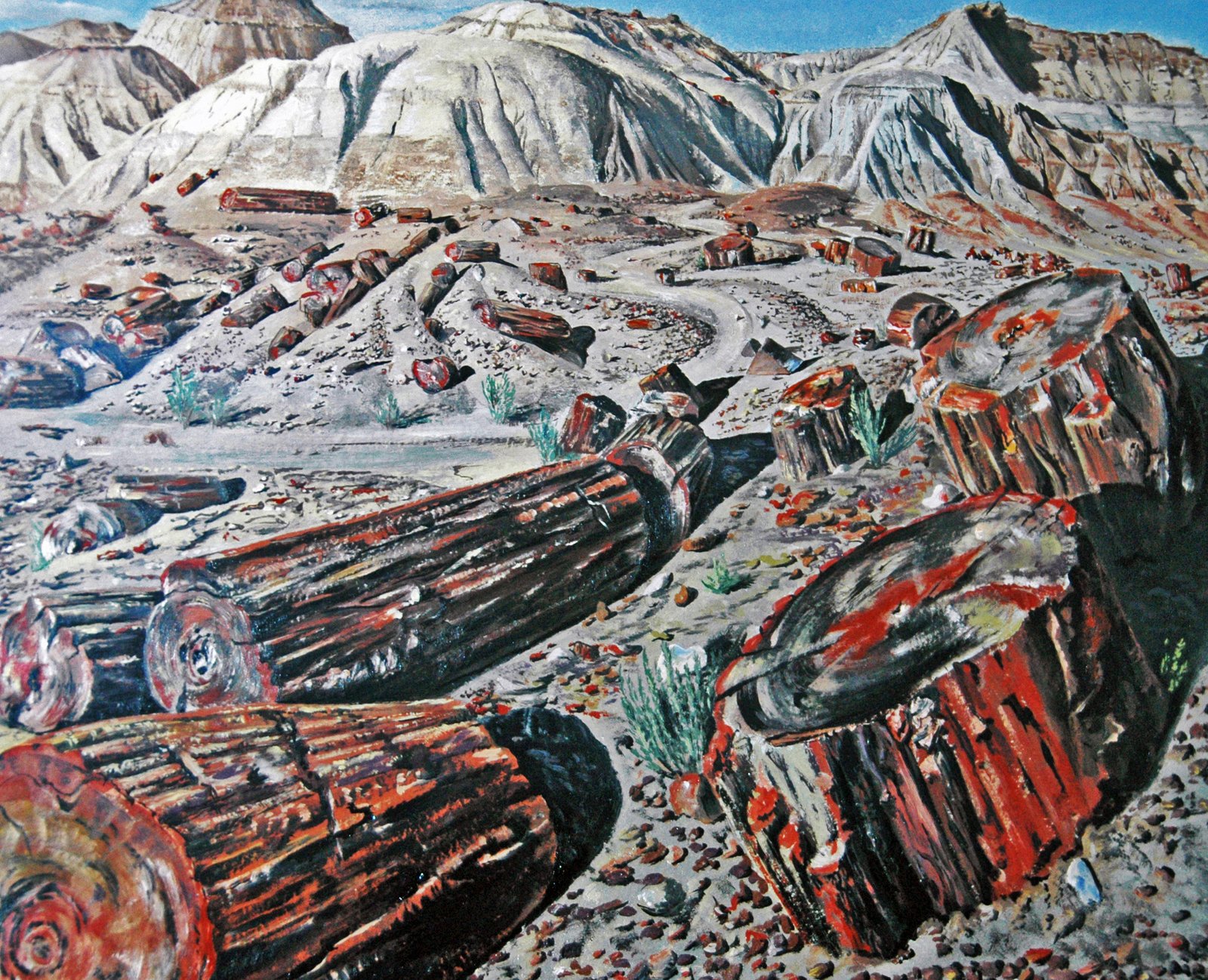
The brilliant reds, purples, and yellows that streak the logs aren’t just for show—they’re a direct result of the minerals that seeped in during petrification. Iron, manganese, and other elements infused the wood, creating a dazzling palette that looks almost painted by hand. In some pieces, you can see shimmering blues and greens. Each log is a natural work of art, unique and unrepeatable, like a gemstone sculpted by time itself.
Meet the Ancient Trees
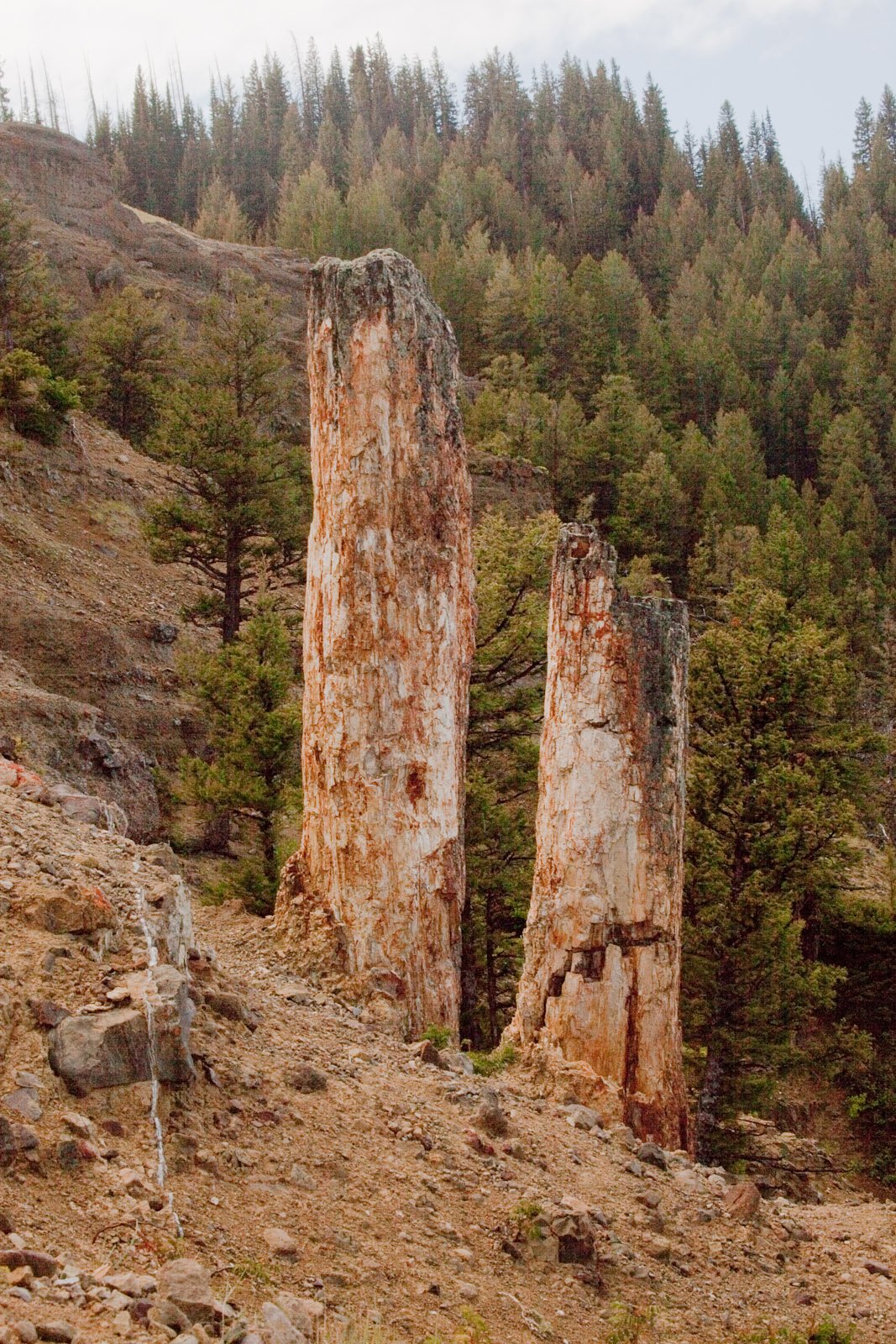
The petrified logs you see in the park once belonged to a species called Araucarioxylon arizonicum, a distant relative of today’s monkey puzzle tree. These ancient trees could reach over 200 feet tall—imagine something bigger than a modern blue whale, but rooted deep in prehistoric mud. Alongside these giants, smaller ferns, cycads, and ginkgoes thrived, painting a vivid picture of a world lost to time but preserved in stone.
Graveyard of Giants: A Forest, but Not Alive
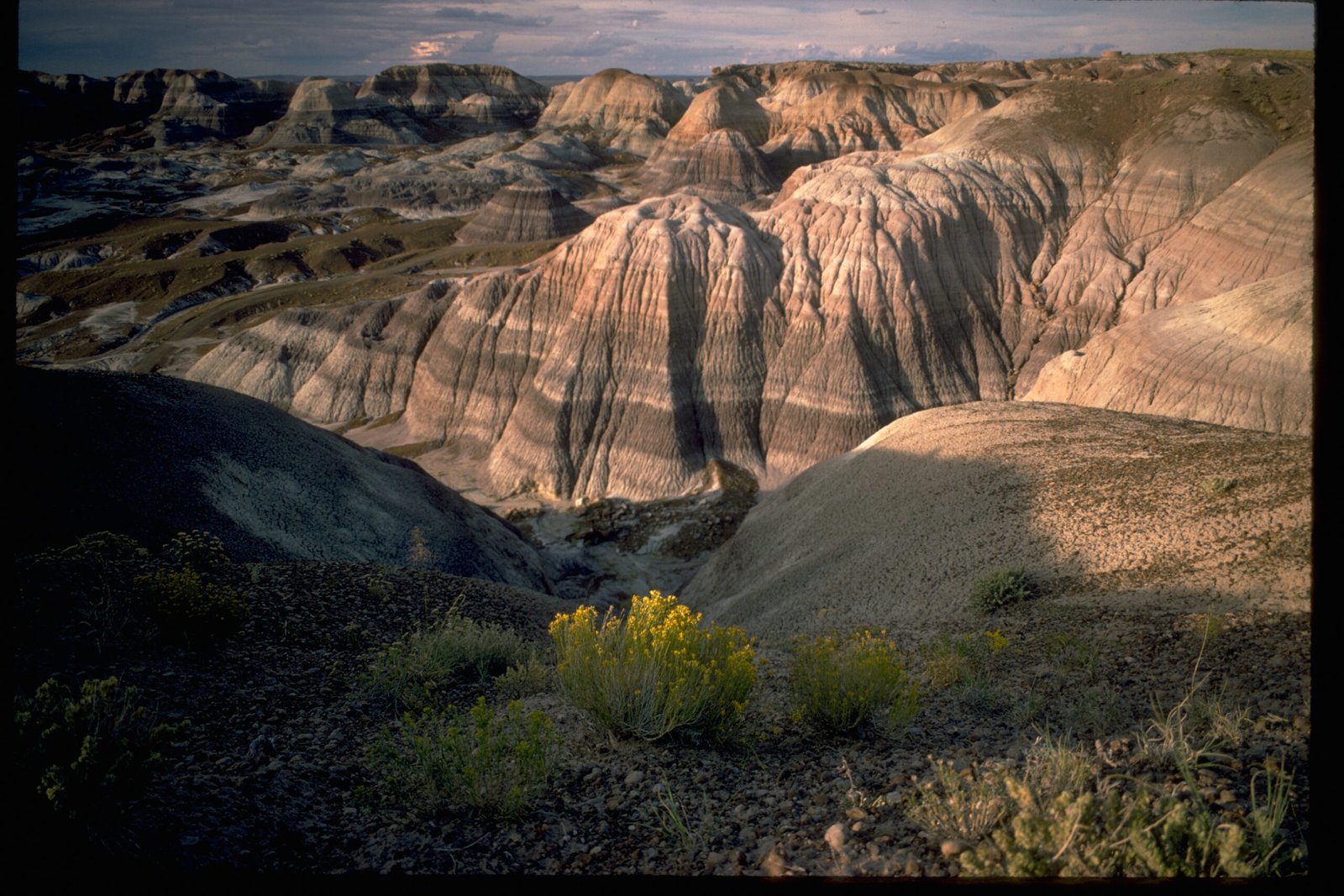
Walking through the Petrified Forest, it’s easy to forget that what you’re seeing isn’t a living forest at all. The trees fallen and scattered across the desert floor are tombstones for a vanished world. There’s a strange beauty in their silence—a reminder that even the mightiest forests can become memories, and that the Earth is always changing beneath our feet.
A Fossil Record Like No Other

The Petrified Forest is more than a stunning landscape; it’s a treasure trove for paleontologists. Within the stone logs and surrounding rock layers, scientists have uncovered fossils of ancient reptiles, amphibians, and even early dinosaurs. Each discovery helps us piece together the puzzle of life during the Triassic, revealing how ecosystems rose, fell, and evolved long before humans ever walked the planet.
The Painted Desert: More Than Just Trees
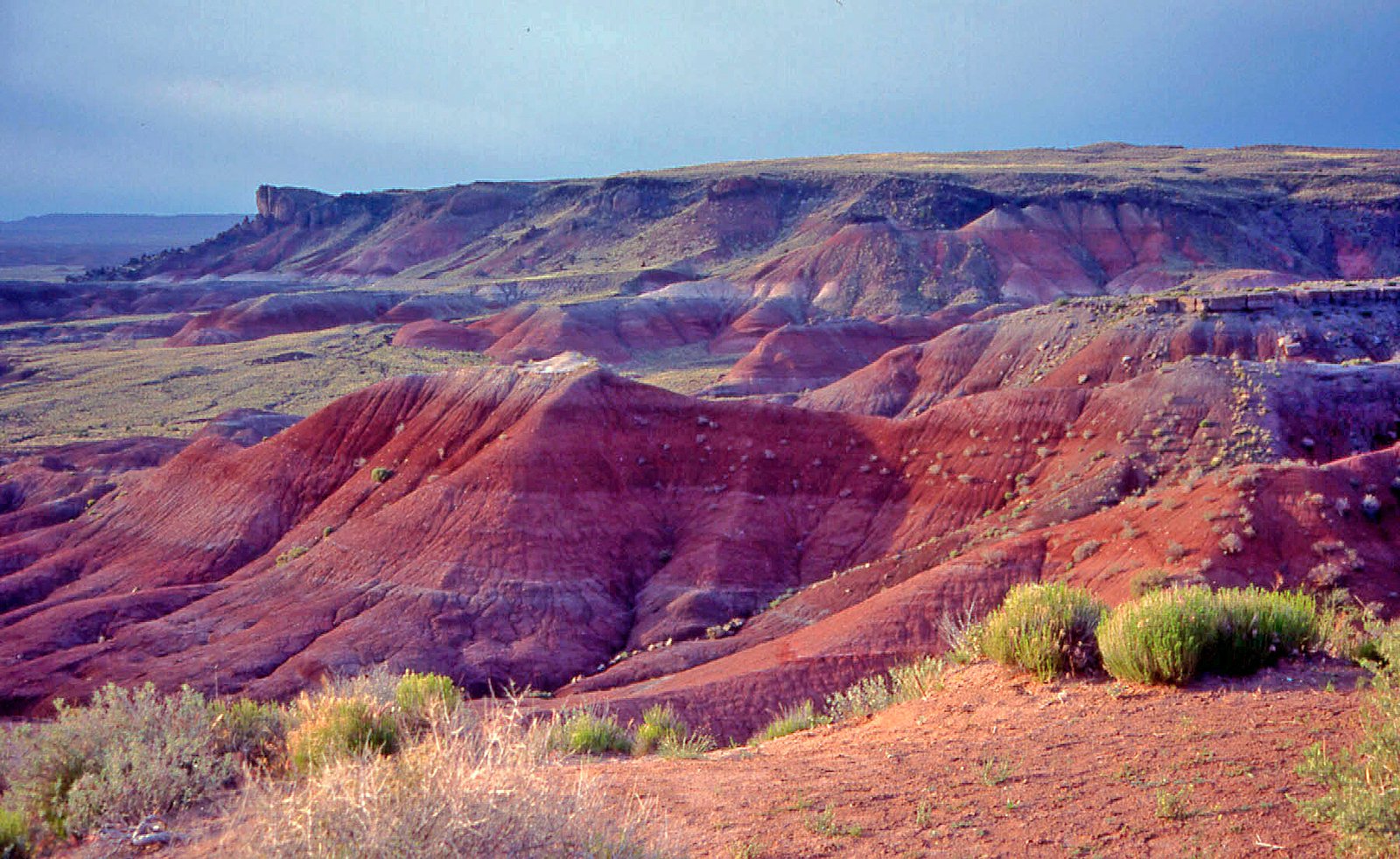
Bordering the petrified logs is the Painted Desert, a breathtaking expanse of rolling hills splashed with reds, pinks, and purples. These colors come from layers of sediment built up over millions of years. Together, the Petrified Forest and Painted Desert create a landscape that looks almost alien—a reminder of how much the world can change over unimaginable spans of time.
Legends, Myths, and Misconceptions
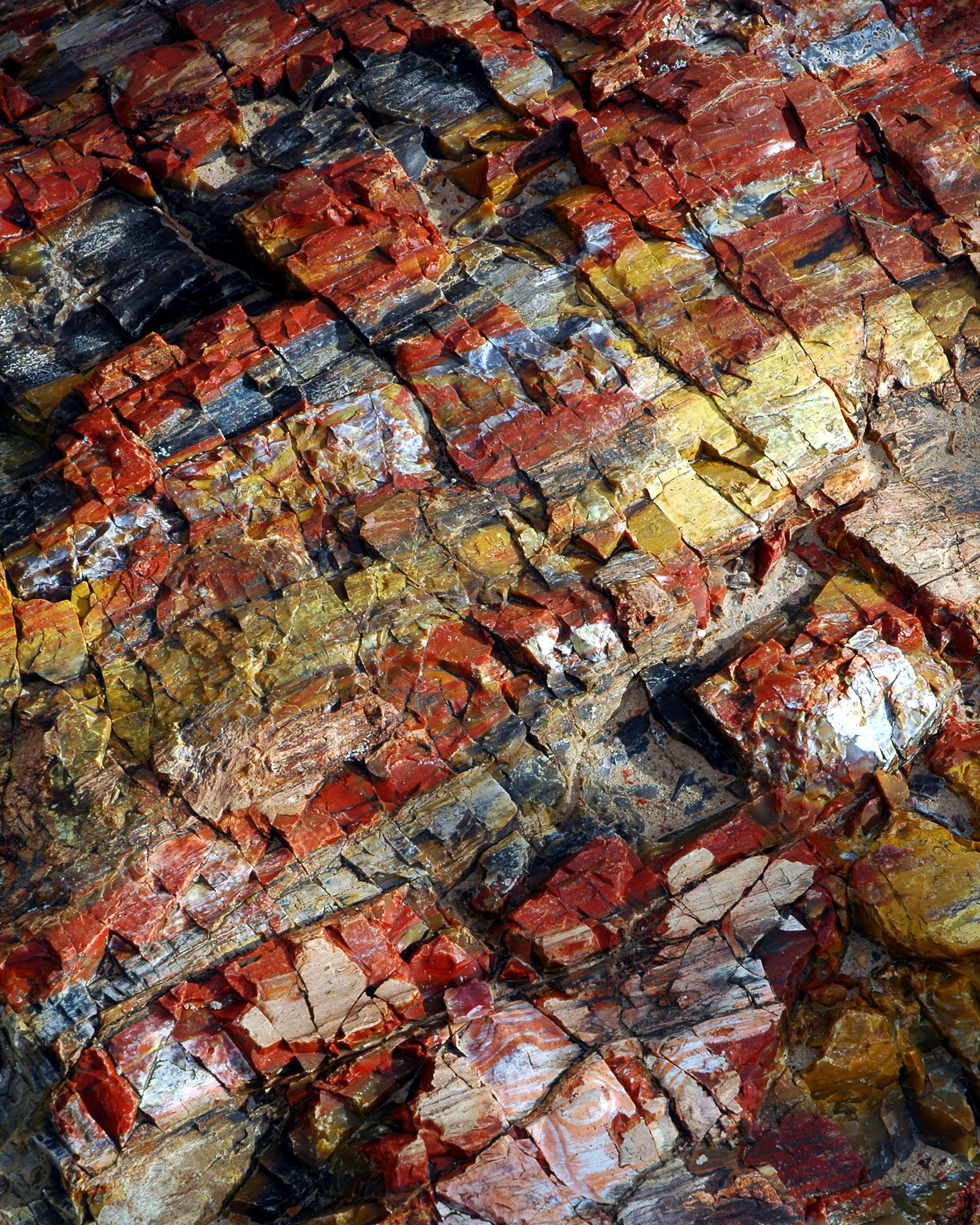
For centuries, visitors have been captivated by the forest’s eerie beauty. Some believed the logs were Native American totems or mystical stones. Early settlers thought the petrified wood held magical powers or healing energy. Even today, legends persist about the “curse” of taking a piece of petrified wood home. Park rangers receive thousands of returned pieces every year, often with apologetic letters describing streaks of bad luck.
Preserving the Petrified Forest
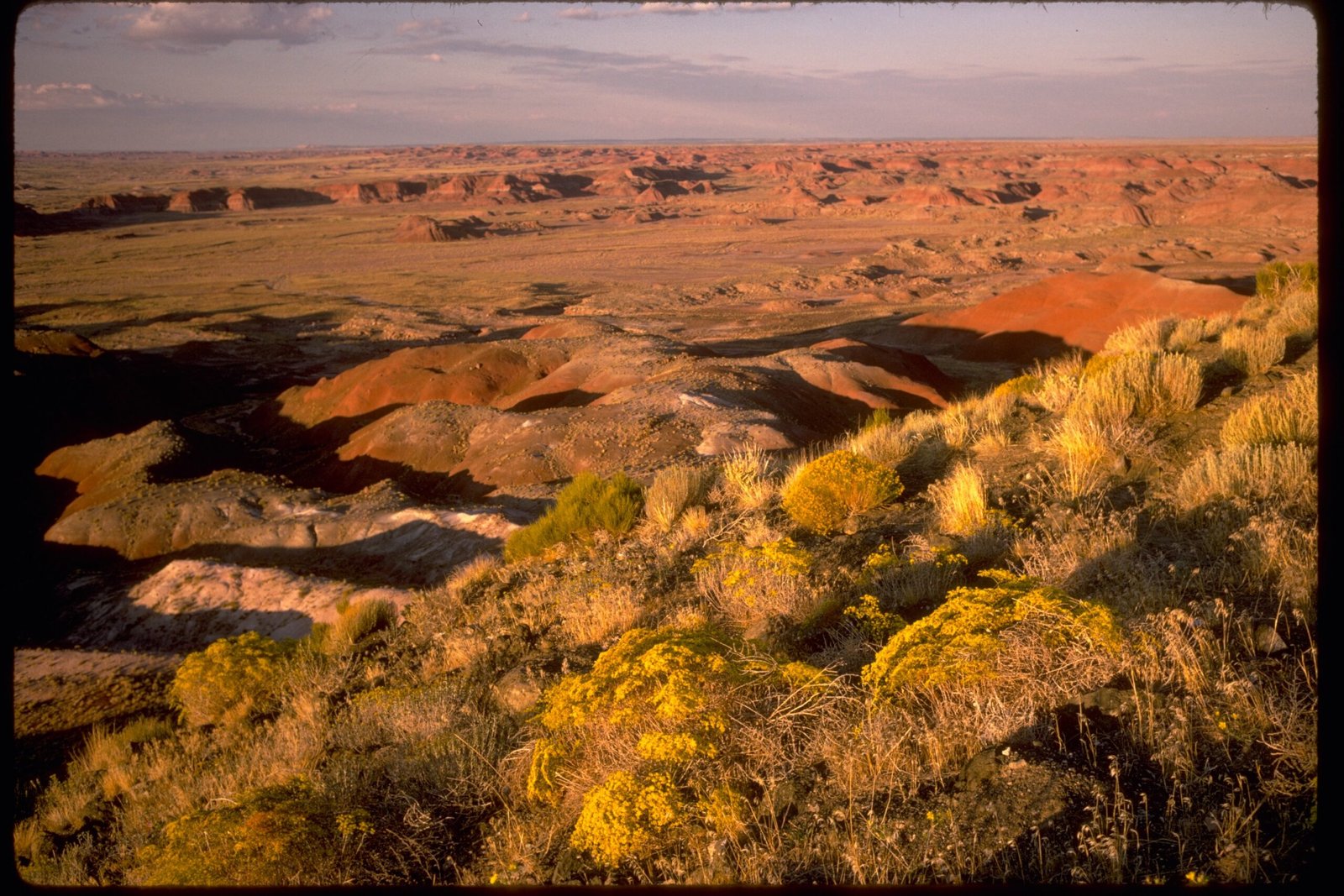
The Petrified Forest is a fragile wonder, threatened by both nature and humans. Early visitors hauled away tons of petrified wood, nearly stripping the landscape bare. Today, strict protections are in place, and removing even a pebble is illegal. Conservationists work tirelessly to study, protect, and share the forest’s story, ensuring it remains for future generations to marvel at.
Visiting the Stone Graveyard
A trip to the Petrified Forest is like stepping onto another planet. Trails wind through fields of rainbow logs, ancient petroglyphs, and badlands that stretch to the horizon. The silence is profound, broken only by the wind and the crunch of gravel underfoot. It’s a place where the past feels startlingly close, and where the beauty of loss becomes something to cherish.
Why This Graveyard Matters
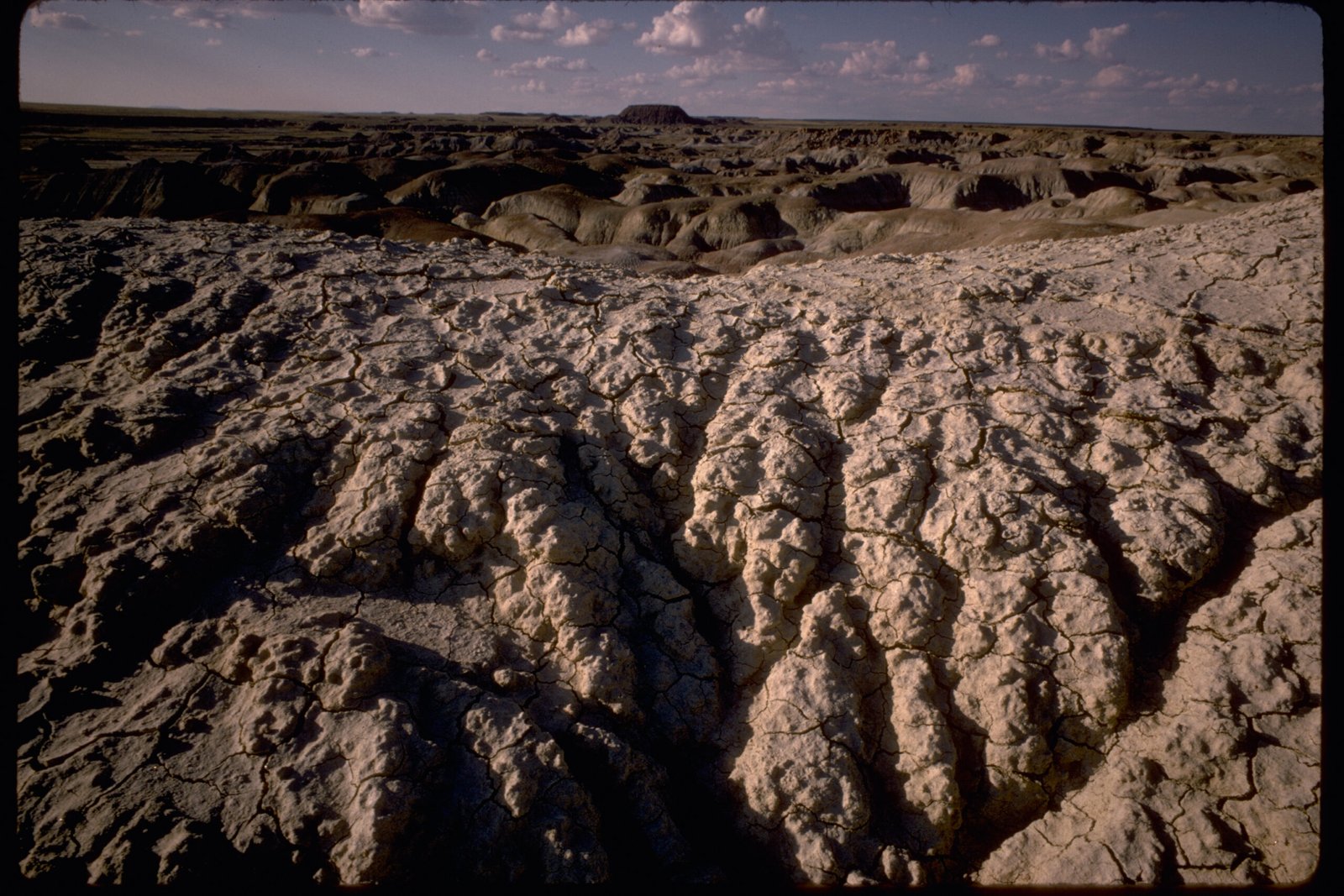
The Petrified Forest isn’t just a graveyard—it’s a monument to resilience and transformation. It teaches us that even in destruction, there can be creation. The forest’s silent logs invite us to reflect on our own place in the world, and the fleeting nature of life itself. In their stillness, they tell a story of survival, change, and enduring beauty.
What secrets might be locked inside the next stone log, waiting to be uncovered?

